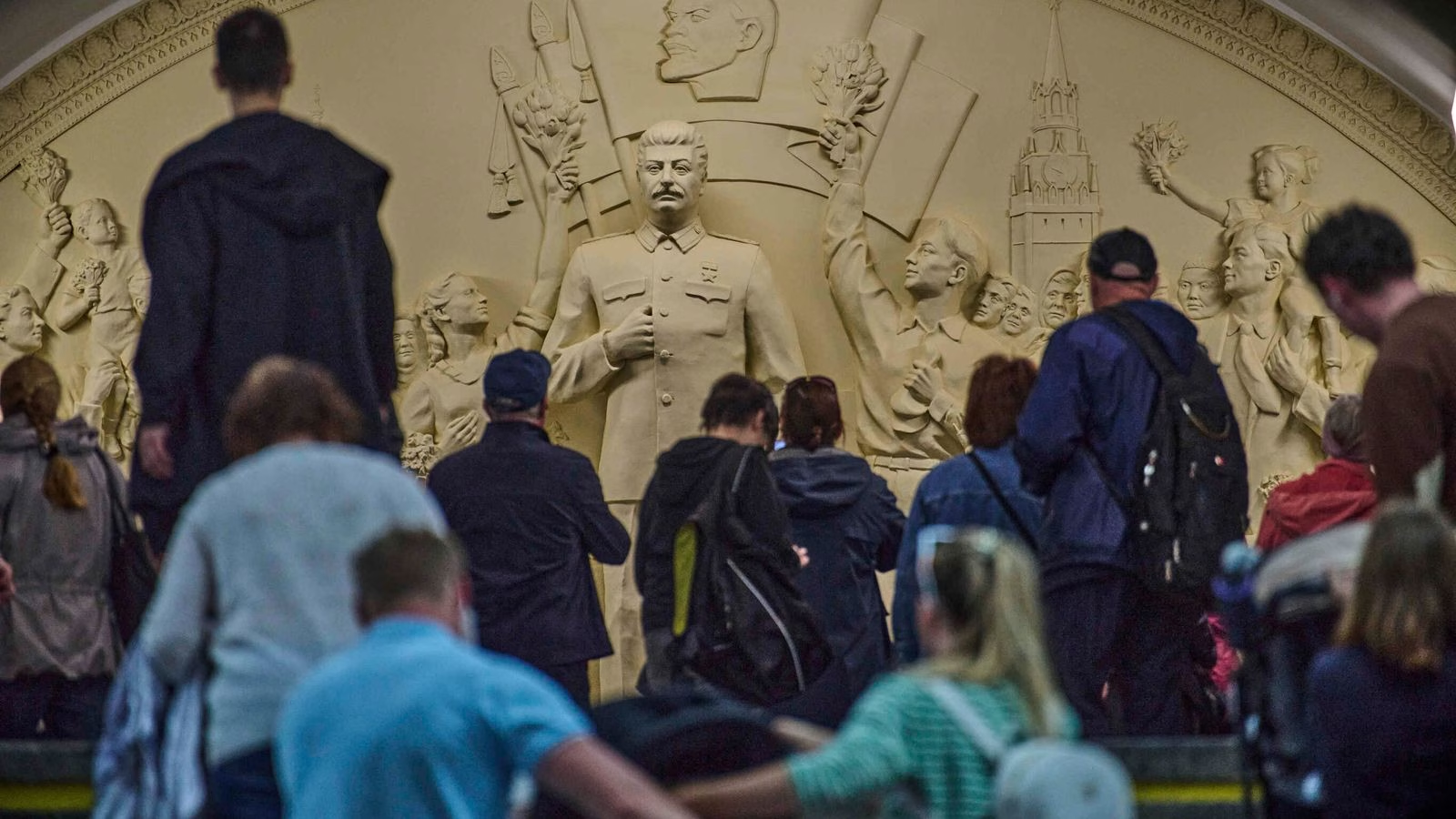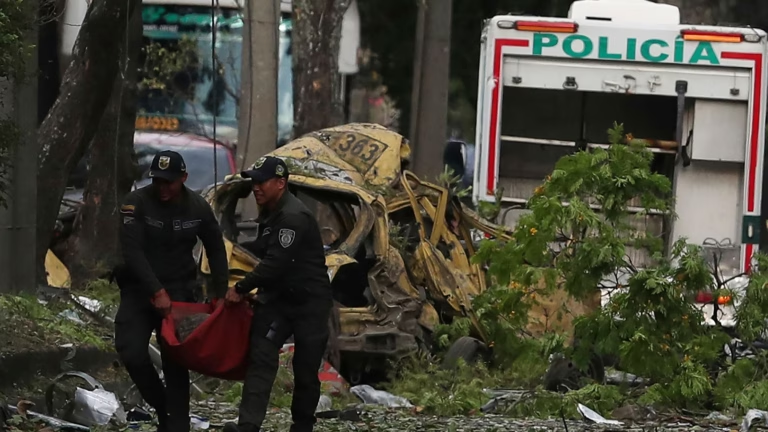The grandeur of the Moscow metro is remarkable, with its stations adorned in gilded opulence akin to a baroque palace. Amidst this beauty, a statue of Joseph Stalin, the Soviet dictator, has emerged, stirring both awe and dispute.
Despite Stalin’s responsibility for the deaths of millions through purges, famines, and labor camps, the sculpture at Taganskaya subway station portrays him not as a tyrant but as a beloved leader. Surrounded by adoring workers and their children, this monument, offered by the metro system to celebrate its 90th anniversary, omits any reference to his atrocities.
While some Muscovites have embraced the statue, others have expressed anger, questioning the decision to honor a historical figure associated with immense suffering. Despite the division, there is a growing debate around Stalin’s legacy and his portrayal within Russian society, especially under President Vladimir Putin’s leadership. This statue, a replica of one from the 1950s, marks a significant moment in Stalin’s gradual return to public spaces, sparking discussions about historical rehabilitation and the complex relationship between past and present in Russia.









